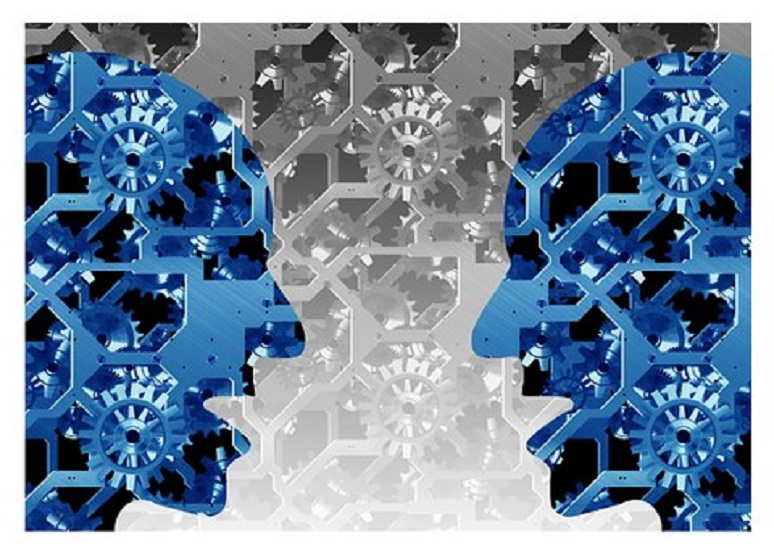An emerging technology, conversational artificial intelligence (AI), uses messaging apps, speech-based assistants (like advanced IVR) using natural language, and chatbots to automate communications and deliver personalized customer experiences.
Chorus.ai, for example, offers a conversation intelligence platform that records, transcribes, and analyzes business conversations in real time to coach reps on how to become top performers. In its “
State of Conversation Intelligence” report, the company identifies sales trends based on conversation intelligence data from more than one million sales calls in Q4 2018. To learn more about the report, I chatted with Parth Mukherjee, head of product marketing at Chorus.ai.
What is the Conversational Intelligence report?
This report aims to bring sales leaders and managers up to speed on conversation trends that will help reps win more deals in 2019. By looking at conversation intelligence data from Q4 2018, they’ll be able to better understand which conversations can potentially result in more booked meetings, next steps, or closed won deals (for sales reps), as well as customer pain points and expectations (for customer success teams). Using the data and insights from this report, they can build more powerful talk tracks and sales processes that will move customers through the funnel efficiently.
Where did you collect the data?
The data is based on calls led by business/sales development reps, sales reps/account executives, and customer success reps.
One of your conclusions is that presentations are key to discovery calls, and you note that the average presentation length is 19 minutes. What else can you tell us about developing and delivering presentations that hold the customer?
Video helps create much-needed chemistry with prospects.
Research suggests using a visual cue can improve understanding by as much as 400%!
Data from sales meetings hosted on Zoom suggest that 95% of closed won deals utilize some form of screen sharing.
In addition, 95% of closed-won deals saw the use of both demos and slide decks. From this we know reps will need to implement this tactic moving forward. We have a
cheat sheet with tips reps should consider in order to achieve success. These include:
- Giving prospects a quick sneak peek into the product during discovery ensures buyers see enough value to invest more time. Don’t shy away from giving them a taste of what you have to offer.
- When the rep and prospect keep their videos on, even during a demo, it establishes chemistry and the rep is able to observe the prospects’ response to the demonstration. Use the webcam!
- The average duration of product screen shares in closed won deals is 29 minutes. Demonstrations are usually spread over two separate calls -- one focused on discovery and another on the demonstration.
- Get the prospect deep into the product. As a best practice, customize your demonstration based on the pain points you uncovered during the discovery call. The longer the demonstration, the better.
- There’s no ideal talk-listen ratio. As a guide, try to keep your talk time in the 29-minute range. Don’t be shy of long monologues, though, when describing a use case.
- Engaging moments occur when a prospect answers a rep for more than 30 seconds on pain or value. Even during a demonstration, you need to ask the right open-ended questions. Ensure you know which ones to ask.








